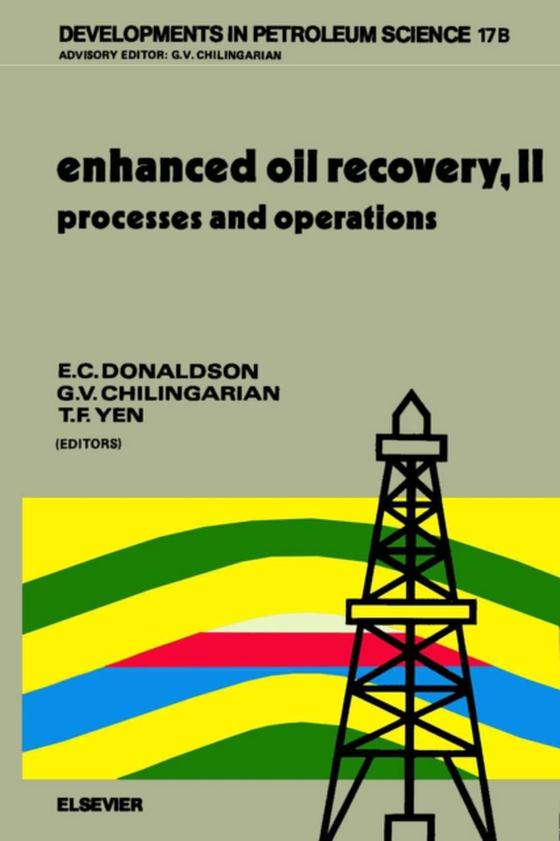
Enhanced Oil Recovery, II e-bog
436,85 DKK
(inkl. moms 546,06 DKK)
Written by foremost experts in the field, and formulated with attention to classroom use for advanced studies in reservoir characterization and processes, this book reviews and summarises state-of-the-art progress in the field of enhanced oil recovery (EOR). All of the available techniques: alkaline flooding; surfactant flooding; carbon dioxide flooding; steam flooding; in-situ combustion; gas...
E-bog
436,85 DKK
Forlag
Elsevier Science
Udgivet
1 juli 1989
Længde
603 sider
Genrer
THFP
Sprog
English
Format
pdf
Beskyttelse
LCP
ISBN
9780080868738
Written by foremost experts in the field, and formulated with attention to classroom use for advanced studies in reservoir characterization and processes, this book reviews and summarises state-of-the-art progress in the field of enhanced oil recovery (EOR). All of the available techniques: alkaline flooding; surfactant flooding; carbon dioxide flooding; steam flooding; in-situ combustion; gas injection; miscible flooding; microbial recovery; and polymer flooding are discussed and compared. Together with Volume I, it presents a complete text on enhanced recovery technology and, hence, is an almost indispensible reference text.This second volume compliments the first by presenting as complete an analysis as possible of current oilfield theory and technology, for accomplishment of maximum production of oil. Many different processes have been developed and field tested for enhancement of oil recovery. The emerging philosophy is that no single process is applicable to all petroleum reservoirs. Each must be treated as unique, and carefully evaluated for characteristics that are amenable to one or two of the proven technologies of EOR. This book will aid the engineer in field evaluation and selection of the best EOR technology for a given oilfield. Even the emerging technology of microbial applications to enhance oil recovery are reviewed and explained in terms that are easily understood by field engineers.The book is presented in a manner suitable for graduate studies. The only addition required of teachers is to supply example problems for class work. An appendix includes a reservoir mathematic model and program for general application that can also be used for teaching.
 Dansk
Dansk

